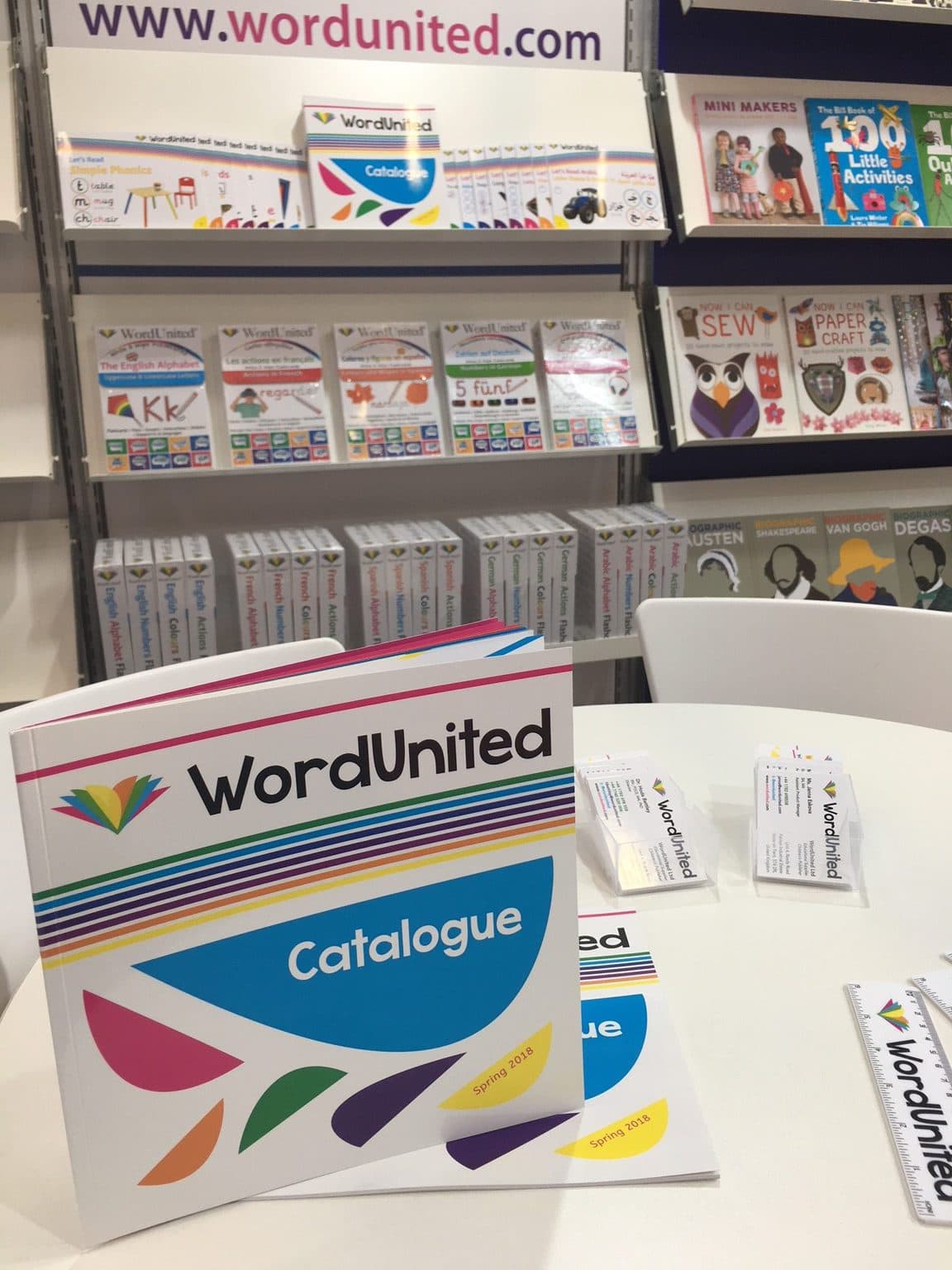
Which trends in children books and education publishing emerged from the 2018 Book Fairs?
Published
Wednesday, 18 April
Author
Mark Rosser
Categories
Share
WordUnited exhibited at the Bologna Children’s Book Fair this spring and attended the London Book Fair. As a children’s educational publisher and educational supplier, book fairs are crucial events in WordUnited’s calendar. International book fairs are windows to trends in publishing, including books in both print and digital formats for education. They are also platforms to broadcast our titles and services to local and global markets. They are hives buzzing with inspiration and opportunities.
This content is restricted to BESA members
LoginNot yet a member?
Become a part of the BESA community and unlock exclusive business advantages, including:
- Trusted provider status to enhance your industry credibility
- Exclusive discounts on major exhibitions and events
- Access to vital sector insights with resources like the BESA Barometer and Compass reports
- Networking opportunities with industry leaders
- Exclusive business benefits designed to help your organisation thrive
Join now and take advantage of BESA's membership benefits to stay ahead in the industry.
Become a member